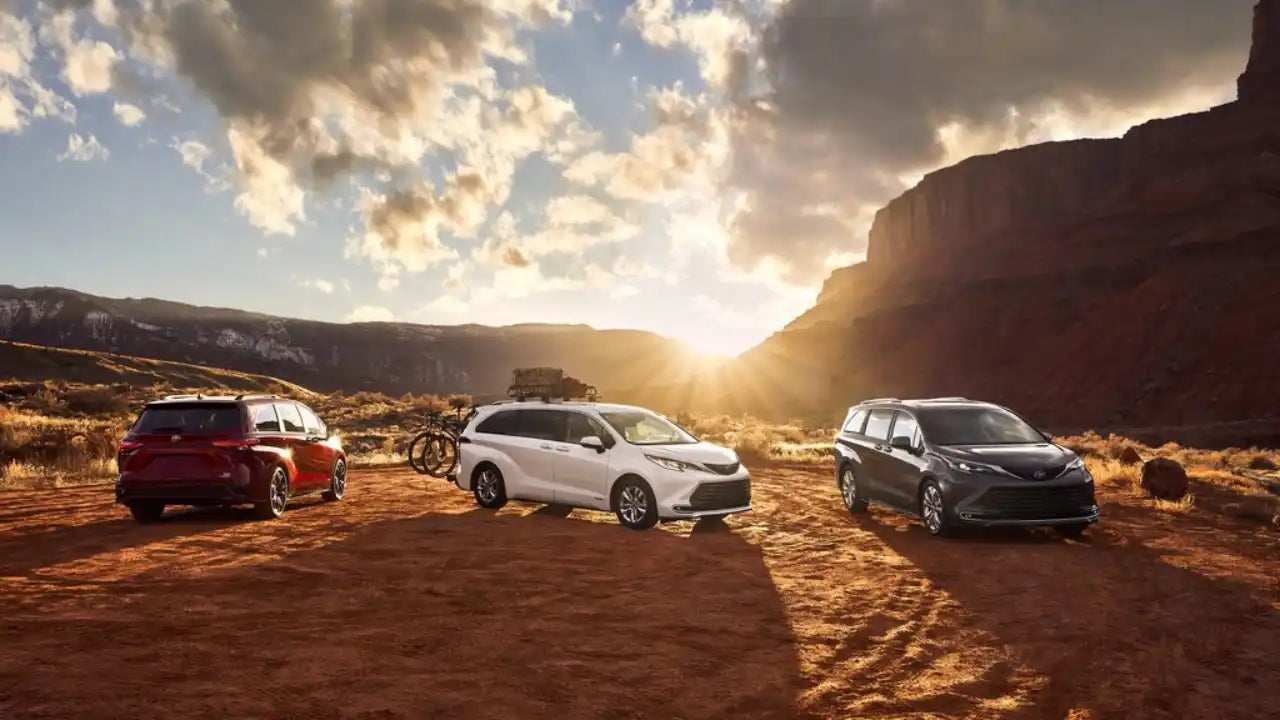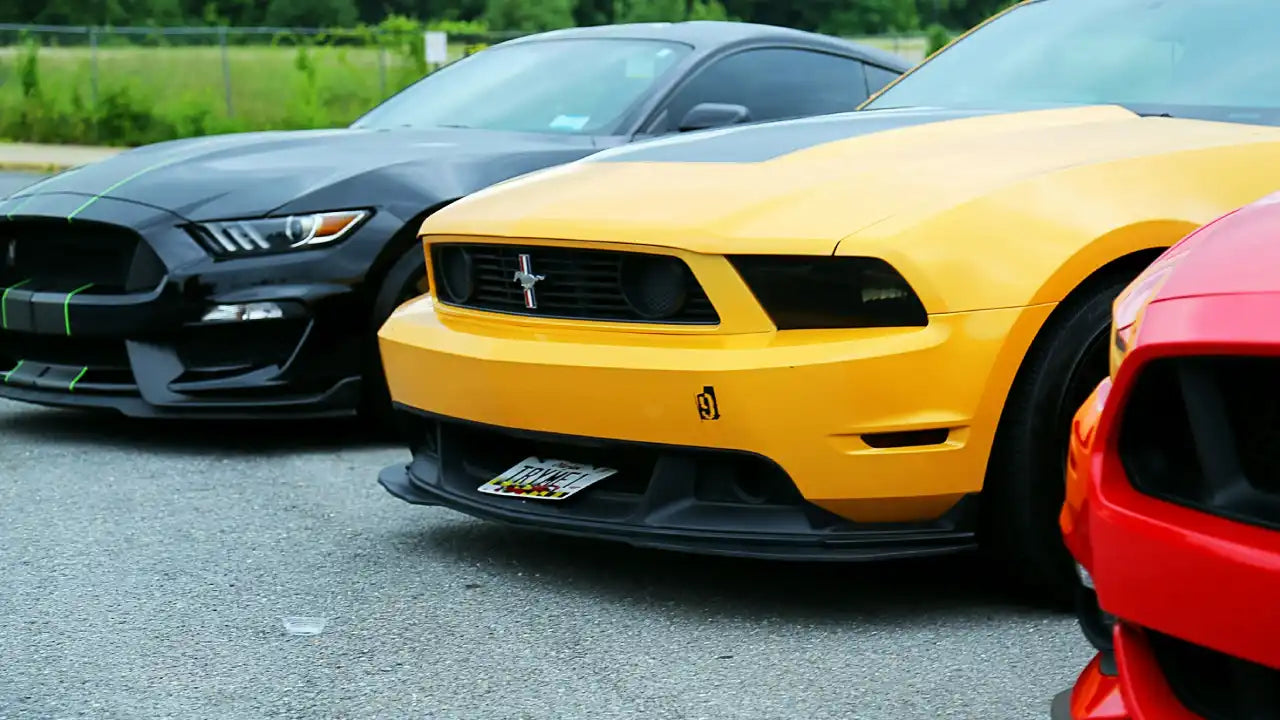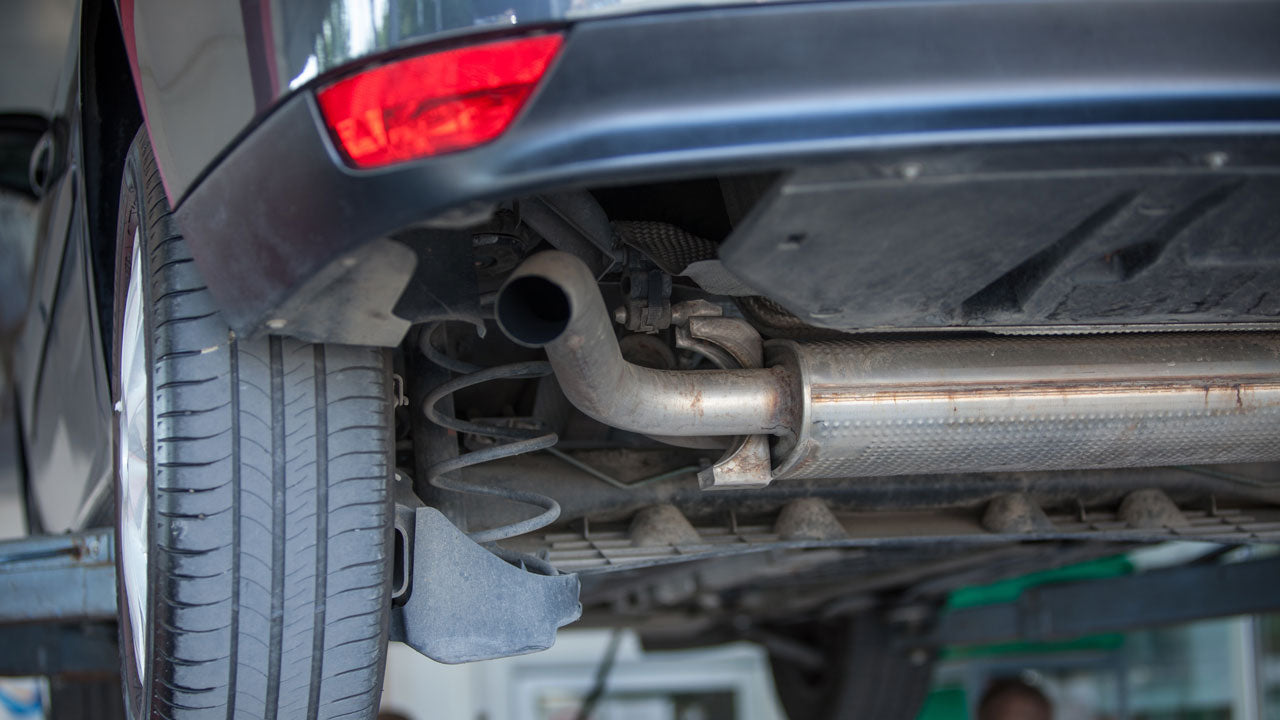Towbars 101: Everything You Need to Know About Towbars
Aysel YavuzShare
Are you into fishing, boating, or off-roading? Do you own a boat and want to tow it to your next lake trip or take it to your home for basic repairs? Or maybe you’re into dirt bikes and need to haul your bikes around? Imagine it's a reliable towing machine for everything from small trailers to heavy equipment. With a professional, fitted towbar, this will be a reality, unlocking increased functionality and versatility.
Whether you're a seasoned road warrior or embarking on your first extended vehicle journey, bringing along a car can significantly enhance your experience. Even a small car would be a lifesaver when you need to get somewhere around town or explore the local area once you’ve set up camp. For many, maneuvering a gigantic motorhome through tight parking lots and narrow campground roads is daunting. However, one can easily get out by towing a small vehicle. Instead of driving twin vehicles around the nation, which contributes to wear and tear and reduces the time the people you're with, towing have a much more agile vehicle at your destination.
A towbar is one of the most uncomplicated and effective ways to tow your car. This method is also called “flat-down towing” since all four wheels of the towed vehicle stay on the ground. The system includes a towbar, a base plate to be installed on the car to be towed (fondly called a “toad”), a wiring kit for lights, safety cables, and a supplemental braking system. Remember that not all vehicles, especially ones with automatic transmission, are suitable for flat towing. However, refer to your vehicle’s manual before beginning towing. Also, remember that you can’t back up your car attached to the vehicle, but you can always detach it if needed.
If one likes to see some or all of his wheels off the ground, other tow options are tow dollies and trailers. Tow dollies are suitable for front-wheel-drive vehicles, with the front wheels on the dolly and the back wheels on the road. They include ratchet straps, security, and safety chains to keep the vehicle in place. This, again, is not very advisable, just as it is with a towbar, to reverse with a dolly attached. Some states may require a license plate on the dolly, so be prepared to incur that cost if necessary.
The four-wheel-up trailer, or car hauler, is the best towing method for all-wheel-drive and four-wheel-drive vehicles. It features two axles and usually has a set of loading ramps, a braking system of either surge or electric type and many straps and fasteners. Unlike other means, you can reverse with a vehicle on a trailer, though be careful not to experience an accident. On the downside, the trailer requires immense storage space once you have reached your campsite.
But how exactly does a towbar work? In this comprehensive guide, we will explore the world of towbars so that you can have the best installed on your vehicle. So buckle up, for we will guide you through every nook and cranny of ensuring safe and efficient towing from the many varieties to all you need to know about towbars.

The Towing Universe: Understanding Towbar Types
First, you need to know the different types of towbars. Each may be meant to serve a particular purpose. The towing capacity may also vary depending on the type. Some common ones are explained as follows:
Detachable Towbars: These versatile products have the added advantage of being able to be removed when not in use. In most cases, they attach with flange blots or by a swan neck and leave a clean finish when removed. They are famous for occasional towing.
Fixed Towbars: These permanently welded towbars offer a strong and safe connection for frequent towing. They are ideal for those who frequently haul trailers or equipment.
Flanged Towbars: These low-profile bars are mounted directly to the chassis and offer the most discrete solution. They are more frequently mounted on vehicles with limited ground clearance.
Swan Neck Towbars: These have a neck that curves under the bumper, improving ground clearance. They are ideal for more adventurous off-road tow trailers.
Tow Eyes: These are the screw-in or bolt-on points primarily used for recovery, not regular towing. They are not recommended for heavy loads.
Beyond the Basics: Key Factors to Consider
Now that you are familiar with the main types. Let’s delve into the crucial factors to consider when choosing a towbar:
Vehicle Compatibility: Make sure that the towbar you pick brings a good match with your vehicle’s make, model, and year. A perfect fit ensures excellent performance and optimum safety.
Towing Capacity: Never exceed what your manufacturer recommends for your vehicle's towing capacity! Check your owner’s manual for the maximum recommended weight while towing. Your bar capacity needs to be at or above the recommended one.
Tongue Weight: This is the weight that the trailer exerts on the hitch, pulling downwards. Therefore, choosing a towbar whose tongue weight rating matches the trailer you intend to tow is essential.
Ball Rating: The ratings of the balls on towbars vary. A ball whose rating matches the coupler size and weight capacity of the trailer to be towed must be chosen.
Electrical Wiring: Most towbars require additional wiring to connect the trailer’s lights to your vehicle for functioning lighting and ensuring road safety for the traffic behind you.
Material and Finish: Towbars are typically made from high-strength steel. Consider a powder-coated finish for enhanced corrosion resistance.
Brand Reputation: Opt for a reputable brand known for quality and safety: Research online reviews and manufacturer warranties.
Unveiling the Extras: Additional Features to Consider
While the core functionalities are crucial, some additional features can enhance your towing experience:
Detachable Ball Mounts: These types of mount designs allow the ball to be removed quickly when not in use, ensuring the overall look is clean.
Stabilization Bars: These attachments support trailers and reduce sway for increased towing stability.
Hitch Step: This is an excellent accessory in terms of convenience, as it allows more accessible access to the bed of your truck, even with a trailer attached.
Additional Accessories
To maximize the utility of your towbar, consider these additional accessories:
Towbar Bike Racks: These racks attach to the towbar and allow you to transport bicycles easily. They come in different capacities, from carrying two bikes to multiple bikes for trips with the family.
Towbar-Mounted Stage Boxes: These provide extra storage space for road trips or holidays and ensure you have room for everything you need without cluttering your vehicle's interior.
Caravan Stabilizers: If you consider towing a caravan, these will help you maintain stability and reduce sways making your holiday journey safer and more comfortable.
Gear Up for Adventure: Choosing the Perfect Towbar for Overlanding
The proper selection of a towbar is critical for any overlanding venture. Overlanding often involves churning through remoteness and ruggedness of high degrees, which demands reliable towing. Here’s how this guide ties into your overlanding journey:
Essential for Overlanding
A hardy and appropriate towbar is one of the crucial needs for any overlander who, at one time, may need to tow gear, trailers, or even recovery equipment.
Enhancing Safety
The correct towbar will guarantee that your car is ready for off-road towing applications while sustaining the vehicle’s safety and stability across diverse landscapes.
An All-Round, Strong, yet Compatible Towbar
An Overlanding essential is a proper towbar that guarantees high strength and perfect compatibility. Overlanders frequently need to drag extra gear, trailers, or recovery equipment. Following are some detailed considerations on this:
Strength and Durability
Any towbar's most paramount considerations are its strength and durability. In overlanding, rough terrain and challenging conditions are expected. Your towbar will have to bear these stresses without compromising its integrity. Look out for high-grade materials such as steel or aluminum alloy, known for their strength and resistance to corrosion.

Compatibility
Be sure to know the compatibility of your towbar with your vehicle. Since many different cars require different designs in towbars, ensure that you choose one specifically made for your vehicle and model. If the winch does not fit well, this may cause dangerous towing conditions and potential damage to your vehicle or trailer.
Weight Rating
Every towbar's weight rating indicates how much it can safely tow. Matching that rating to your gear, trailer, or recovery equipment is essential. Overloading your towbar may cause an accident or mechanical failure.
Easy to install
Consider how easy it would be to install the towbar. Some towbars can be fitted correctly only by a professional, while others can be fitted using essential tools. Going for an easy design could save you time and money on installation/uninstallation, especially if you want the towbar installed or removed frequently.
Design and Features
Modern towbars come in different designs and functionalities to enhance their usage. For example, adjustable towbars provide versatility when towing varying sorts of trailers, and those with integrated recovery points can also serve as off-road recovery equipment. Consider your specific needs and choose a design that gives you the functionality best suited for your overlanding activities.
Legal Requirements
Different regions have different legal requirements for towing equipment. Ensure that the chosen towbar meets all the necessary regulations and standards of the area. This comprises appropriate labeling, safety items, and weight limits.
Maintenance
Lastly, consider the towbar's maintenance requirements. Regular inspection and maintenance are foundational if you want it to perform at its best for an extended period. Ensure you look for an easy way to maintain it and assessable sections.
These factors will help you select a suitable towbar, enhance your overlanding experience, and provide the reliability and performance to carry you through any adventure.












